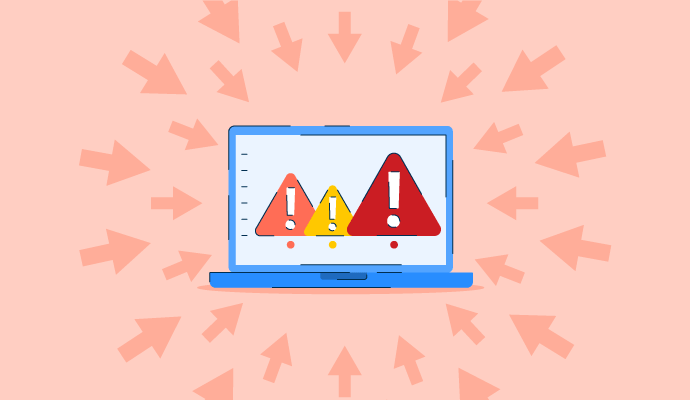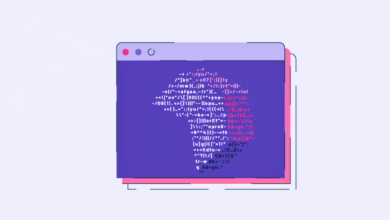45+ DDoS Attack Statistics: Key Data and Takeaways for 2025

DDoS attacks aim to overwhelm network or server resources to cause a disruption in work by using malware to generate a high volume of requests. This can lead to downtime, resulting in significant financial losses for organizations. To protect their networks, businesses often implement DDoS protection software.
The statistics provided shed light on the current state of DDoS attacks, highlighting the increasing frequency and impact of such attacks. Understanding these trends can help organizations better prepare and defend against potential threats.
It is worth noting that launching a DDoS attack is relatively inexpensive for attackers, but the costs of recovering from an attack can be substantial for the target victims. The financial implications of dealing with a DDoS attack are significant, with businesses potentially losing thousands of dollars for every hour of downtime.
Despite implementing security measures, notable companies such as GitHub, Amazon Web Services, and Microsoft Azure have fallen victim to powerful DDoS attacks in the past. These attacks have demonstrated the need for robust cybersecurity measures to protect against potential threats.
Overall, the rise of DDoS attacks underscores the importance of proactive cybersecurity measures to mitigate the risks posed by malicious actors seeking to disrupt networks and systems.
In the realm of technology, financial services, and telecommunications, cybersecurity threats are a constant concern. In Q1 2024, gaming and gambling companies experienced a significant 7.45% increase in application layer attacks compared to the previous quarter. Additionally, an Asian hosting provider encountered a massive network layer DDoS attack in the same period, reaching a staggering 2 Tbps, with numerous other attacks surpassing the 1 terabit per second mark.
DDoS attacks come in various sizes and durations, making them challenging to detect and mitigate. These attacks can occur in waves, making them harder to combat effectively. The duration of a DDoS attack is influenced by an organization’s security measures, with modern attacks becoming increasingly potent and persistent.
Key statistics regarding DDoS attacks include the average attack size of 5.17 Gbps, the use of 3-5 nodes on diverse networks to target victims, and the ability of massive attacks to exceed 71 million requests per second. The average duration of a DDoS attack between 50 and 100 Gbps was 8.67 hours, highlighting the need for robust cybersecurity defenses.
Fridays are the preferred day for DDoS attacks, with Friday accounting for 15.36% of attacks, while Thursday experiences the lowest number at 12.99%. Across industries, the average duration of DDoS attacks in 2024 was 68 minutes, with the healthcare sector facing an average attack size of 1.8 Gbps, particularly in light of the Russian Killnet DDoS attack in 2023.
To combat the rising threat of DDoS attacks, businesses and individuals must prioritize comprehensive cybersecurity measures. Regular security audits, employee training on security best practices, and a thorough cybersecurity strategy are essential to proactively address potential security gaps.
FAQs:
1. How long do DDoS attacks typically last?
Most DDoS attacks are brief, lasting under 10 minutes, but they can extend to as long as 16 hours.
2. What is the average size of a DDoS attack?
On average, a DDoS attack utilizes 5.17 gigabytes per second (Gbps) of bandwidth.
3. How many nodes are typically used in a DDoS attack?
DDoS attacks usually harness 3-5 nodes on diverse networks to target their victims.
4. What is the peak request rate for massive DDoS attacks?
Massive DDoS attacks can surpass 71 million requests per second, overwhelming their targets.
5. Which day of the week sees the highest number of DDoS attacks?
Friday is the most common day for DDoS attacks, with 15.36% of attacks occurring on that day.



